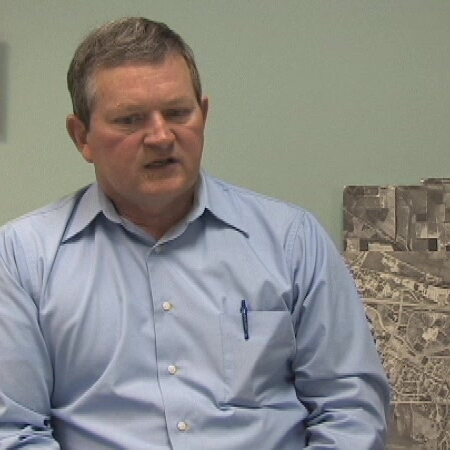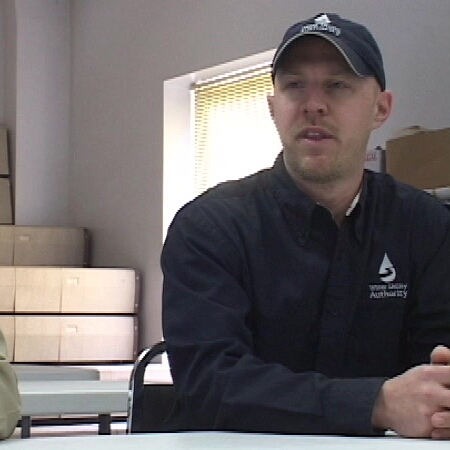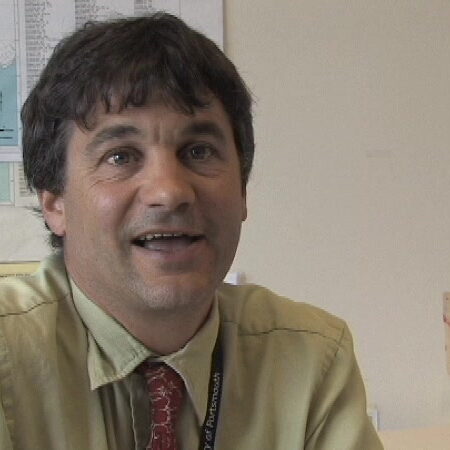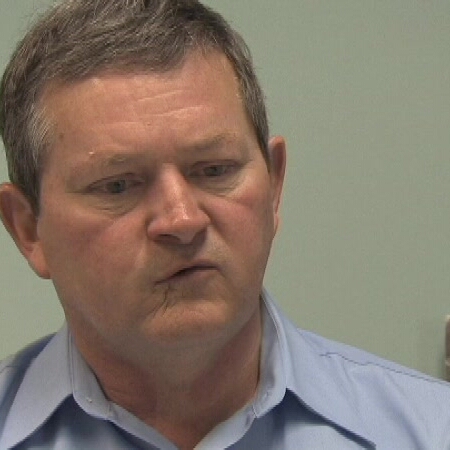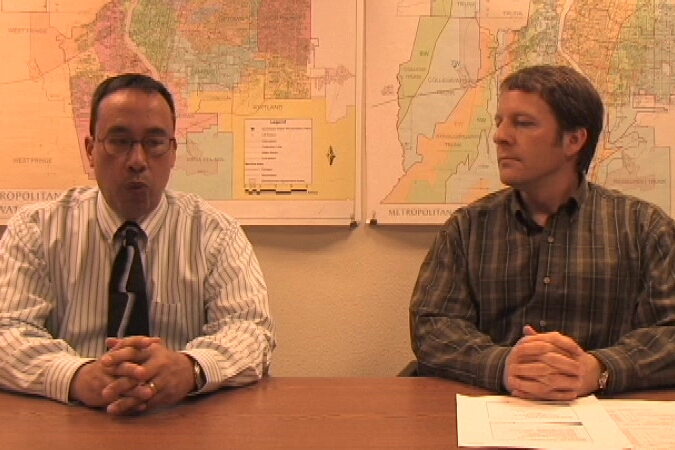Utilities need to develop a comprehensive funding strategy that
clearly defines the sources of funding for all the utility's
current and future needs, both operational and capital.
At a minimum, the funding plan should look 5 years into the future.
However, the funding plan should tie very closely to the capital
improvement plan, and since capital projects require long-range
planning, this portion of the funding strategy will need to
encompass the next 10 years at least and ideally would extend
even further. If the community has a business plan, the funding
strategy might be a part of that plan.
However the utility decides to structure the strategy, it should have the following components:
- It should clearly demonstrate the source and adequacy of revenue for day-to-day operations.
- It should specify the anticipated source of funding for capital projects, from design to implementation (including demolition and/or disposal of existing facilities) and clearly define any portion that needs to be met with internal sources of revenue.
- It should include repayment of debt that might be incurred for capital projects.
- It should define the source of revenue for an increased operational costs resulting from capital projects.
- It should account for inflation.
- It should anticipate rising energy costs and incorporate energy efficiency funding options.
- It should balance operational costs with the costs of future projects,
keeping in mind the current financial position, and the community's needs and desires and its ability and willingness to bear those costs. Nothing burdens a community so much as being saddled with paying for an expensive facility it neither needed nor wanted.
- It should move the community towards a sustainable future.
One of the key things with Asset
Management, it's telling us where
we need to spend our dollars.
--Stan Allred, Albuquerque, NM
|
FS-27

|

